Whether or not you develop high blood pressure (hypertension) is influenced by several factors. These are your genes, the way you eat, and other aspects of your lifestyle such as the amount of exercise you take, whether or not you smoke, and the amount of alcohol you drink. Eating to beat high blood pressure is not only possible, it is one of the mainstays of effective treatment. This book looks at how various dietary changes can help to reduce a raised blood pressure and lessen your risk of developing associated complications such as coronary heart disease and stroke.
Making simple, healthy changes to your lifestyle can also significantly reduce your chances of contracting coronary heart disease. For instance, if you stop smoking, your risk of getting heart disease drops by 5070 per cent within five years. If you take up regular exercise, your risk falls by 45 per cent. Keeping your alcohol intake within healthy limits will also have a beneficial effect. Drinking two or three units a day can reduce your chances of heart disease by as much as 2545 per cent, but excessive intakes increase the risk. Losing excess body weight will bring your chances of heart disease down by 3555 per cent. For more on lifestyle changes, see Chapters 20 and 21.
Food supplements are also effective in helping to maintain a healthy circulation. For more about these, please see Chapter 19.
The delicious recipes provided by Michelle Berriedale-Johnson will make eating to beat hypertension as pleasant and easy as possible.
C HAPTER 1
What is High Blood Pressure?
Everyone needs a certain blood pressure (BP) to keep blood moving around their body and maintain their circulation. Blood pressure exists because your heart pumps blood around a closed system, rather like a boiler pumping water through a series of central heating pipes. The pressure in your arteries therefore depends on a number of factors, including the volume of fluid inside your circulation, how hard your heart is pumping at any given time, and the elasticity or resistance of the vessels the blood is passing through.
Normal BP varies naturally throughout the day and night, going up and down in response to your emotions and level of activity. If you have high blood pressure, however, your BP will remain consistently high, even when you are asleep.
The heart alternately contracts and relaxes as it pumps to produce the heartbeat. Each contraction produces a surge in pressure. The highest pressure reached in the arteries during this surge is known as the systolic pressure as it is due to contraction (systole) of the heart. As the heart rests between beats, blood pressure falls again and the lowest blood pressure recorded while the heart rests (diastole) is known as the diastolic pressure. In general, as the heart pumps more strongly, systolic pressure rises, while a reduction in elasticity of the peripheral arteries causes diastolic pressure to go up.
How BP is Measured
Blood pressure (BP) is measured using an instrument called a sphygmomanometer. This has an inflatable cuff which goes around your upper arm, a small pump to push air into the cuff and a column of mercury (or a dial) to record the pressure within the cuff.
As the cuff is inflated with air, the person measuring your BP usually feels for a pulse (brachial artery) in the crook of your elbow. While the pressure within your artery stays higher than that in the cuff, blood can be felt pulsing through. Once the pressure in the cuff becomes greater than that in your artery, the vessel is squashed flat and blood stops flowing through it at that point. By inflating the cuff to an initial pressure that is higher than the expected systolic pressure, then listening with a stethoscope over your brachial artery as the pressure is slowly released, the point at which blood manages to squirt through again with each pulse can be heard distinctly as a tapping sound. The pressure registering in the cuff at this point is taken as your systolic BP. The cuff is then slowly deflated further while listening over your artery. The tapping sounds become louder, then change to a dull whooshing noise before disappearing. The point at which blood can no longer be heard whooshing through the vessel is taken as your diastolic BP. The pulsing noise heard in the artery between these two pressures is a result of turbulence as the cuff impinges on the vessel and deforms its walls. We therefore know that the blood pressure in the artery is the same as that in the cuff at the point where the sounds disappear, as turbulence is no longer occurring. BP can also be measured with modern digital cuffs that fit around the wrist.
BP is measured according to the length of a column of mercury it can support. It is therefore expressed in millimetres of mercury (mmHg). BP is written down as the higher pressure (systole) over the lower figure (diastole).
 A typical 20-year-old may have a BP of around 120/70 mmHg.
A typical 20-year-old may have a BP of around 120/70 mmHg.
 BP naturally tends to rise with age and a fit 50-year-old may have a BP of around 135/85 mmHg.
BP naturally tends to rise with age and a fit 50-year-old may have a BP of around 135/85 mmHg.
 The pulse pressure the difference between the systolic and diastolic pressures is normally around 50 mmHg.
The pulse pressure the difference between the systolic and diastolic pressures is normally around 50 mmHg.
 If your BP is consistently higher than 140/90, then you are suffering from high blood pressure, or hypertension.
If your BP is consistently higher than 140/90, then you are suffering from high blood pressure, or hypertension.
How Blood Pressure is Controlled
Blood pressure is normally controlled and kept within safe limits by the body in a number of ways, including:
 changing the rate at which the heart pumps
changing the rate at which the heart pumps
 widening or constricting small arteries
widening or constricting small arteries
 altering the amount of blood pooled in the veins
altering the amount of blood pooled in the veins
 varying the amount of salt and fluids filtered from the circulation via the kidneys.
varying the amount of salt and fluids filtered from the circulation via the kidneys.
These factors are controlled by nerve signals from the brain, and by several different hormones. As a result, normal BP varies naturally throughout the day, going up and down in response to your emotions and level of activity. It is lowest during sleep (usually at around 3am) and highest in the morning from just before you wake until around 11 am. If you have high blood pressure, however, your BP will remain high all the time, even at rest.
Hypertension
As many as one in five adults have high blood pressure, known medically as hypertension. This means that blood is forced through their system under a constantly high pressure. Hypertension is diagnosed when systolic pressure is consistently greater than 140 mmHg and diastolic pressure consistently greater than 90 mmHg. A systolic blood pressure between 140160 mmHg and diastolic values between 9095 mmHg are sometimes referred to as mild hypertension.

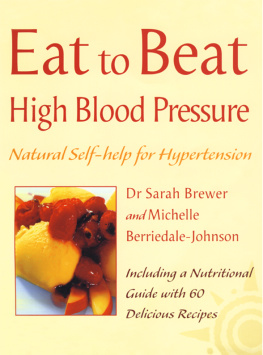
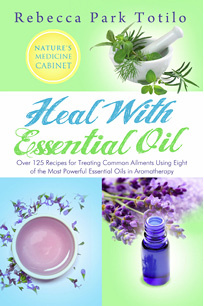
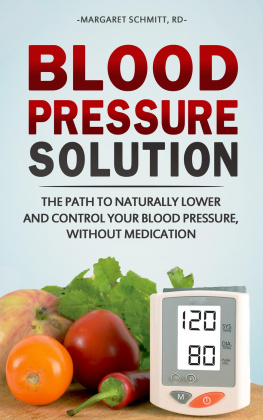
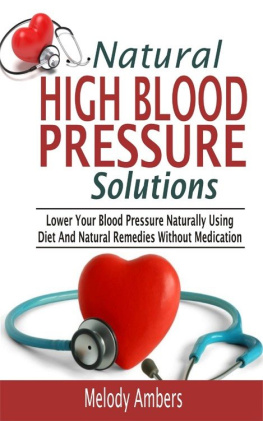
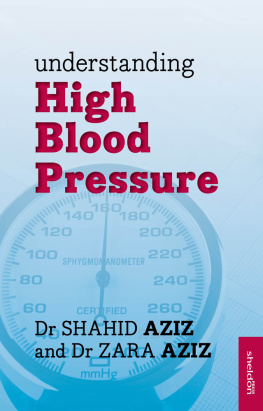

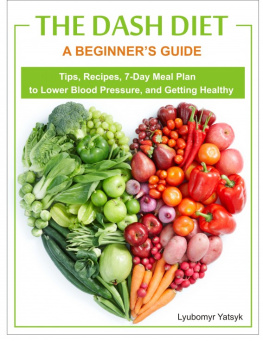
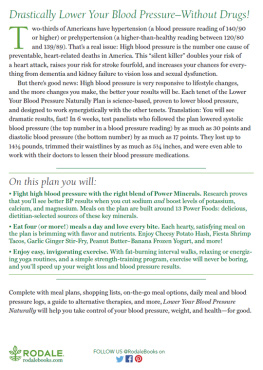
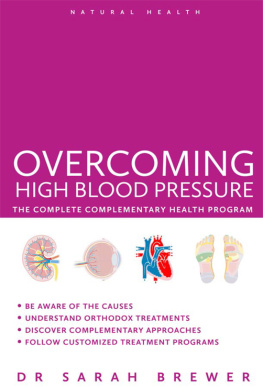

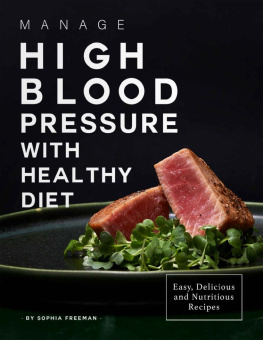
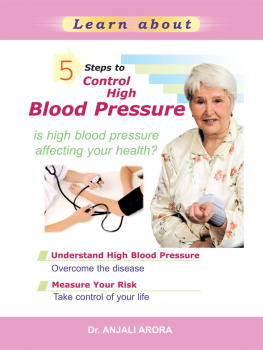
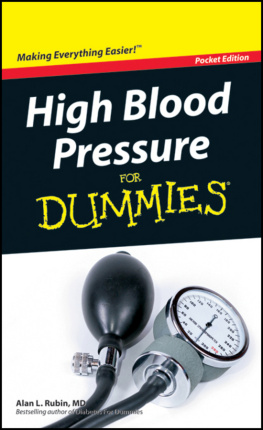
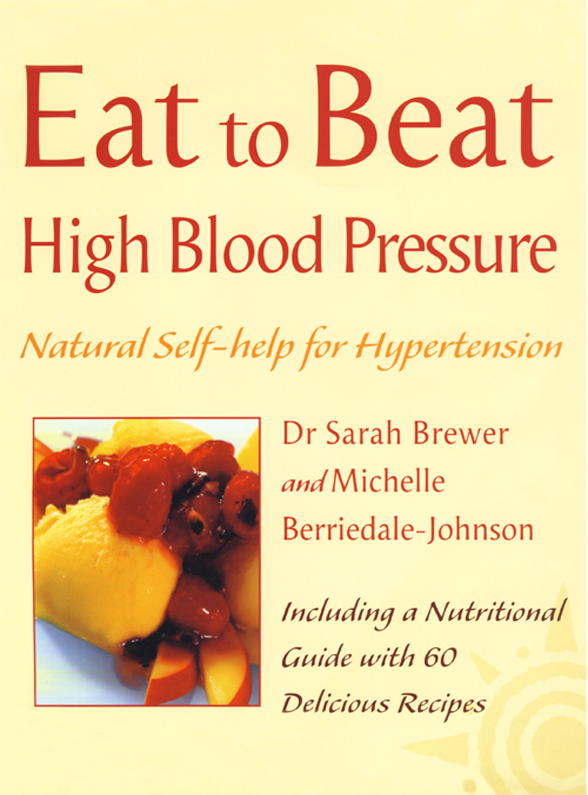

 A typical 20-year-old may have a BP of around 120/70 mmHg.
A typical 20-year-old may have a BP of around 120/70 mmHg.